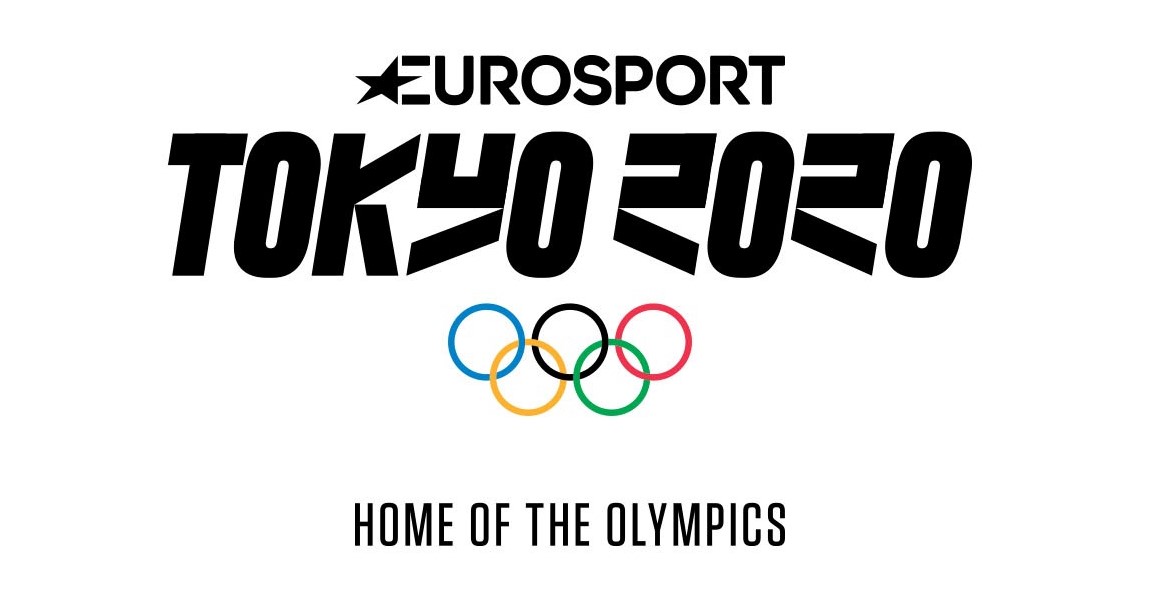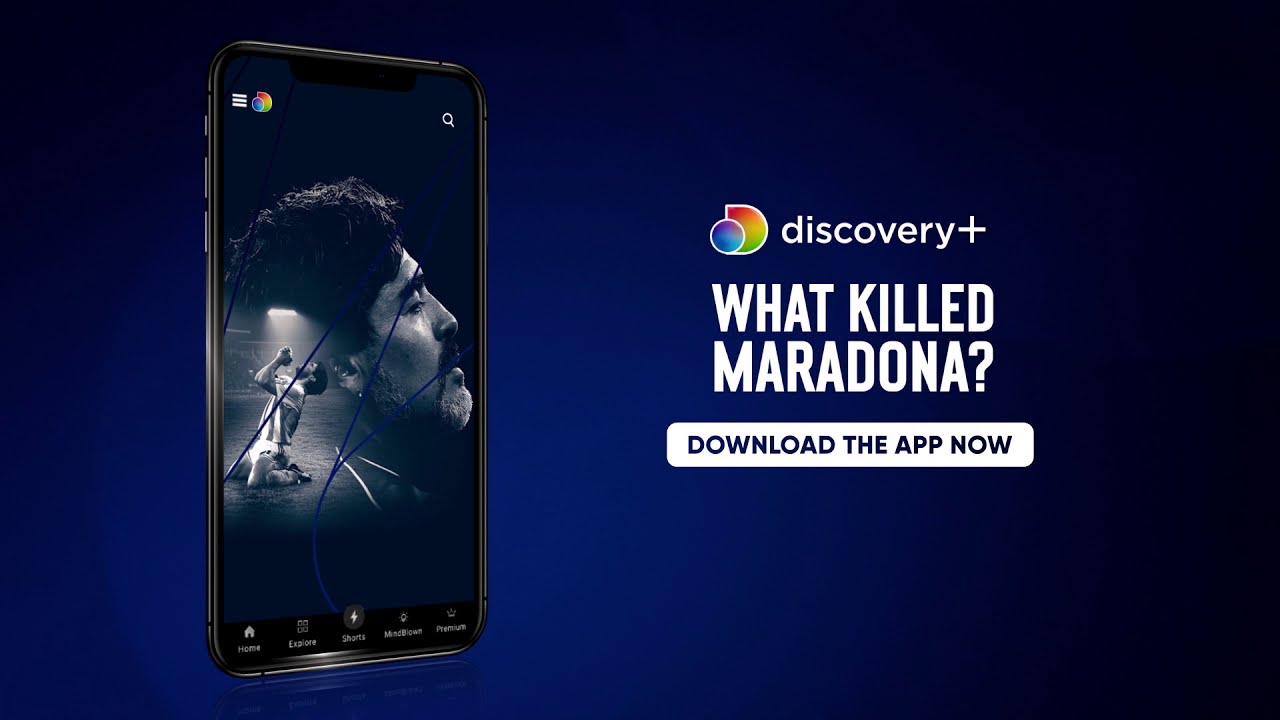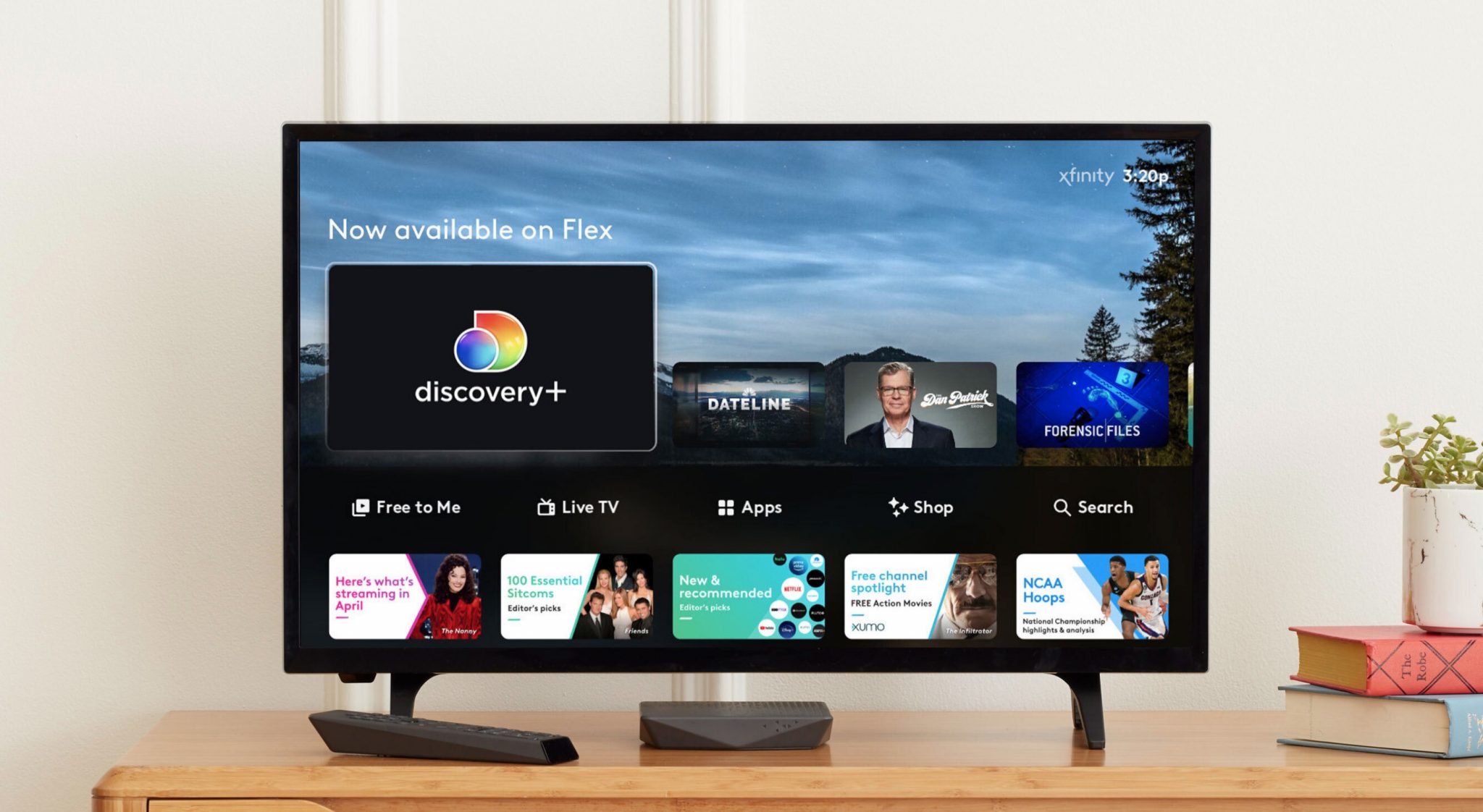
After more than 40 years of operation, DTVE is closing its doors and our website will no longer be updated daily. Thank you for all of your support.
Building an SUV – behind the scenes with discovery+

James Gibbons
OTT expansion is the way forward for broadcasters seeking to remain at the forefront of the industry, but Discovery has taken a slightly different approach with its recently launched service discovery+. James Gibbons, Discovery’s EVP, GM UK & Nordics, speaks to Jonathan Easton about what the platform is doing differently and the importance of distribution deals with major operators.
Discovery has made no secret of its streaming ambitions.
As far back as last summer, the company’s CEO David Zaslav was open in talking about the product that would become discovery+, and how it would be “a new SUV” that would serve as a contrast to the “great sports cars” built by the likes of Netflix and Amazon.
That bold approach has been rewarded in the first few months of discovery+’s availability Discovery’s EVP, GM UK & Nordics James Gibbons tells Digital TV Europe.
“The UK launched in November and we were the first region in Europe to launch discovery+, converting what was then an AVOD-only platform in dplay to discovery+ and essentially added the SVOD layer,” Gibbons says. That UK launch also came alongside a rollout on Sky Q, with subscribers to the pay TV service being entitled to a complementary 12 months of access via the Sky VIP programme.
Gibbons continues: “Since then, we’ve seen some significant growth in terms of subscribers and that has really exceeded our expectations and the expectations of Sky. We’ve really been impressed with the growth from a standing start.”
The exec notes that Discovery does not report its country-by-country numbers, but highlights the announcement made in February that the streamer was at 11 million subscribers globally.
But while subscriber growth is of course important, Gibbons is quick to stress that Discovery is just as concerned with the consumer response.
“We have also been very happy with the feedback we’ve received from consumers,” Gibbons says. “Initially we had a lower app rating when we were converting from AVOD to SVOD because when people are used to getting video for free that cohort is obviously going to be disrupted, but we very rapidly moved up to very solid app store ratings.”
In order to ensure that consumers are happy and engaged with the nascent streamer, Discovery employs research firm MTM to carry out surveys of SVOD services. “We were really pleased to see that discovery+ was very well received, particularly in terms of having the widest range and highest quality of original programming.
“We had a good showing as far as perception of range and quality of programming is concerned which is really key because ultimately that is going to determine the health of the product in the long run.”
Content is king
“You can spend a lot of money on performance marketing and getting subs, but if they don’t have that positive perception of the content then you won’t get long-term engagement,” Gibbons says.
It is safe to say that discovery+ is doing alright in terms of its library. Discovery said that, when the service launched in the US in January, discovery+ rolled out with the most content of any new streaming service with 55,000 episodes from 2,500 shows from brands like HGTV and Food Network.
While the focus on non-scripted content is a fairly wide niche, it is still a niche and Gibbons says it is valid to ask the question of ‘can a real-life service be broad enough?’. The exec however says that, by observing linear consumption habits, you can see that this is a “huge category” and that “every broadcaster and every streaming service has real-life content as a key part of its service.”
“It’s not a stretch to say that bringing all that content together can be a broad offering even though it is positioned in a certain part of the market.”
The wealth of content from Discovery’s established brands is on top of an ever-expanding roster of original shows which had been planned for months and years, along with quickly produced documentaries reacting to recent events.
Gibbons points to a programme produced about the late football icon Diego Maradona, which was added to the streamer within a week of his passing. “It wasn’t a pre-done piece,” Gibbons says, “it was genuinely from scratch.”
The documentary was promoted on Sky to all its subscribers, and Gibbons says that this led to a significant number of people activating their complimentary membership.
Market to market
Discovery raised a few eyebrows when it quietly announced discovery+ for the UK two months ahead of its official global reveal in December.
Gibbons says that there were a number of factors behind this decision which reduced the barrier to entry, the first being that the UK is an English-speaking language. As a rebrand of dplay, which was already an existing service in the UK, Gibbons says that it was also a “relatively simple product to go ahead with.”
Gibbons says that “when you’re doing something new and you’re aware that there will be some learnings and some rough edges to get through, trying to do it with a product that’s as simple as possible is a good idea.”
Another significant reason behind the earlier launch in the UK is the distribution model. “Every streamer when they’re bringing a service to market has had to decide what type of distribution they want to kick off with, in terms of what is the distribution model that you want to make your debut with.
“Some people have been comfortable going with an iOS app or an internet service, but we really wanted to be on a big aggregator platform like Sky. That’s because we felt that our content was largely known through our linear channels. So to launch without being able to access that audience directly seemed to be leaving too much opportunity on the table. We really wanted to be on a major big screen platform because ultimately, as we all know, most streaming consumption is still on the big screen and certainly that’s where a lot of the big growth is,” Gibbons says.
The exec reveals that, in November, “We had concluded our partnership with Sky and we were ready to move in November, and that essentially led to that decision.
“We felt that there wasn’t any reason to wait.”
Gibbons also adds that the Sky deal which provides 12 months free access for Sky Q customers is not a ‘free trial’ provided by Discovery, rather that Sky is “gifting” the subscription and footing the bill for every subscription.
Distribution with pay TV operators has been increasingly vital for broadcasters launching streaming services into an increasingly crowded market, and Discovery has been well aware of this.
In Italy, discovery+ launched via a distribution deal with TIM in late January, while it launched in the Netherlands on VodafoneZiggo. That VodafoneZiggo announcement came after the company penned a 12-country deal with Vodafone to ensure distribution of Discovery’s linear channels and discovery+ in the UK, Germany, Turkey, Italy, Spain, Romania, Portugal, Greece, Czech Republic, Hungary, Ireland and Iceland. More recently in the US, Discovery signed its first distribution deal in the country with Comcast.
Distribution deals have also been important further afield under a slightly different guise. Shortly after its international launch in January, Discovery announced a deal with leading MENA streaming service Starzplay that would see discovery+ become a dedicated branded area within the platform at no extra cost for users. That deal covered 18 out of the 20 countries in which Starzplay is available.
Gibbons concludes that “the Sky model or variations of that is something we’re looking at in other European markets.”
Good sport
For all the excitement about Discovery’s programming on channels like HGTV and The Food Network, it is easy to forget that the broadcaster is also a major player in the sports space via Eurosport. This is something which discovery+ plans to heavily lean into this summer with the delayed Tokyo 2020 Olympics.
Assuming they go ahead (and that is no certainty at present), Discovery hopes that the games will serve as a key driver of subscriber growth, Gibbons says.
“We will be having discovery+ as the streamer carrying the Olympics in markets where the service is available. We see the Olympics as the ultimate community of interest as it brings everyone together. There are very few things that do that nowadays.
“Of course, the BBC will be doing a great job with the Olympics, but that’s a terrestrial window with limited volume. What the service we would like to bring with the Olympics is to make sure you can completely immerse yourself in it and not miss the moment.”
 Gibbons continues: “We want to give viewers the opportunity to fall in love with a new sport or follow a particular athlete they’re interested in and be completely unrestricted in that whatever the event may be and regardless of device. It’s going to be a huge undertaking because there will be many many feeds broadcast at the same time, but we believe that’s what streaming is about.”
Gibbons continues: “We want to give viewers the opportunity to fall in love with a new sport or follow a particular athlete they’re interested in and be completely unrestricted in that whatever the event may be and regardless of device. It’s going to be a huge undertaking because there will be many many feeds broadcast at the same time, but we believe that’s what streaming is about.”
The exec concludes that the Olympics are “a huge moment for us.”
Even if they don’t go ahead – as is increasingly feared – Discovery is still in the midst of a huge moment in its history as a broadcaster. Entering into the streaming landscape may be the soupe du jour for big US broadcasters, but it is not something that any platform operator will take lightly.
While it may have launched in the wake of major players like HBO Max, Disney+ and Peacock, Discovery is confident that its SUV of a streamer is a distinct enough product and one that is more than worthy of its place in the market. By continuing to develop its relationships with consumers and aggregation platforms, and by maintaining a steady flow of new content, discovery+ has every chance of becoming a long-term success.





